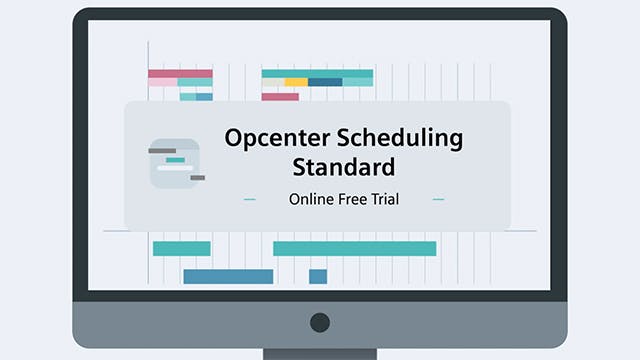Creare un piano della capacità di produzione significa analizzare il tasso di produzione rispetto agli ordini dei clienti e alla domanda prevista e fare un piano per massimizzare la produzione effettiva. Questo metodo può anche essere chiamato "pianificazione della capacità finita" perché aiuta i produttori a tenere conto dei limiti delle risorse di produzione esistenti durante lo sviluppo di piani e programmi di produzione.
Uno dei motivi per la pianificazione della capacità di produzione è garantire che i piani e le schedulazioni di produzione siano realistici e non superino la capacità disponibile o violino regole o vincoli di produzione. Lavorando entro i limiti massimi di capacità, i produttori evitano condizioni che causano una programmazione accelerata, scorte in corso in eccesso, date di consegna mancate e clienti insoddisfatti.
Un altro scopo della pianificazione della capacità di produzione è quello di massimizzare l'efficienza produttiva. Proprio come l'analisi e la pianificazione della capacità aiutano le aziende a evitare problemi di sovraccapacità, aiutano anche a ridurre al minimo le condizioni di sottocapacità. In altre parole, la pianificazione della capacità di produzione può essere utilizzata per ottimizzare i piani e le pianificazioni di produzione per ridurre al minimo gli sprechi associati a macchinari e personale inattivi.
La pianificazione della capacità di produzione richiede dati provenienti da tutti gli aspetti di un'operazione di produzione: capacità della catena di approvvigionamento, inventari, qualifiche del personale, disponibilità, capacità produttiva e programma di manutenzione per ogni macchina o stazione di lavoro di produzione e altro ancora.
Questa complessa richiesta di pianificazione della capacità produttiva è facilmente gestibile dai moderni sistemi di pianificazione e programmazione avanzata (APS). I sistemi APS trattano la pianificazione della capacità produttiva come un processo dinamico. Invece di eseguire l'analisi della capacità e generare piani di produzione basati su una "istantanea" statica delle variabili sopra elencate, il software APS tiene conto delle modifiche e dell'impatto che ogni modifica ha su altre variabili all'interno dello schema di pianificazione della capacità finita.
Prodotti correlati: Opcenter Advanced Planning | Pianificazione avanzata di Opcenter



